At Science Daily, George Washington University reports,
For nearly 300,000 years, early humans shaped stone tools with precision, even as they faced constant wildfires, severe droughts, and dramatic shifts in their environment. A new study published in Nature Communications reveals astonishing evidence of this long-lived technological tradition in Kenya’s Turkana Basin.
“2.7-million-year-old tools reveal humanity’s first great innovation,” November 4, 2025
Little Change
The tools, which the researchers call “the first multi-purpose ‘Swiss Army knives’ made by hominins,” date from about 2.75 through 2.44 million years ago (Pliocene). They underwent little change over the years, despite the changing environment:
On the ground, the craft is remarkably consistent: “These finds show that by about 2.75 million years ago, hominins were already good at making sharp stone tools, hinting that the start of the Oldowan technology is older than we thought,” said Niguss Baraki at the George Washington University.
The butchery signal is clear as well:”At Namorotukunan, cutmarks link stone tools to meat eating, revealing a broadened diet that endured across changing landscapes,” said Frances Forrest at Fairfield University.
“The plant fossil record tells an incredible story: The landscape shifted from lush wetlands to dry, fire-swept grasslands and semideserts,” said Rahab N. Kinyanjui at the National Museums of Kenya / Max Planck Institute. “As vegetation shifted, the toolmaking remained steady. This is resilience.”
“first great innovation,”
But, of course, if the tools were like Swiss Army knives, the basic idea would be hard to improve on. The same is true, for example, of scissors.
And the Pliocene People Developed It Early On
From the open access paper:
The remarkable ability of humans to inhabit nearly every terrestrial ecosystem is a result of the synergy between biological and technological evolution. The long term significance of our evolutionary relationship with technology arises from the discovery of stone artifacts within Plio-Pleistocene sediments2,3. This study provides new evidence from the Turkana Basin for the relationship between climatic and environmental shifts and the development of stone tool technologies by hominins. The earliest known assemblages of Oldowan artifacts ( ~ 2.9-2.6 Ma) are confined to four localities in eastern Africa4,5 (Fig. 1). The earliest known localities provide insights into technological behaviors at single time horizons in the deep past. Despite advances in our understanding of early human technology, the specific mechanisms through which environmental changes influenced technological evolution in the earliest Oldowan remain poorly understood. Demonstrating how early hominins adapted their tool-making practices in response to changing environments would provide new insights into the evolutionary pressures that shaped these innovations.
Braun, D.R., Palcu Rolier, D.V., Advokaat, E.L. et al. Early Oldowan technology thrived during Pliocene environmental change in the Turkana Basin, Kenya. Nat Commun 16, 9401 (2025). https://doi.org/10.1038/s41467-025-64244-x
The authors talk much about “evolutionary” and “evolution.” But actually, it doesn’t sound as if there was much evolution at all, at least in tool-making. It sounds more like one enduring insight.
How Does Culture Evolve?
Culture is not biology. However evolution may occur in biology, it only occurs in culture when people develop new, workable ideas about what they should do.
Generally, we are slow to develop new ideas as long as the things we are doing now more or less work. For example, passing down histories by oral recitation from generation to generation worked well enough, so far as we know, for thousands of years. But it is a highly vulnerable system in that it depends on wetware — human brains. If everyone who knows a tradition dies without passing it on to another oral memorizer, it is gone for good.
This naturally became a much bigger problem as the size of human communities grew. Making sure that the tradition or the rules are correctly known is harder in a larger, more diverse group. So, some thousands of years ago, people started chiseling records into stone or painting them on walls.
Were the people who started chiseling or painting records smarter than their forebears? Or did they simply adapt to new situations? Concretely, was Greek dramatist Euripides (484– 406 BC) more evolved or smarter than Greek epic poet Homer (roughly 8th c. BC). Euripides’ work stood a better chance of being written down than Homer’s — consistent with the development of literacy — and his work followed the rules of a newer, more emotionally complex, literary form, drama. Thus Euripides addressed questions that Homer could not have done, given the conventions he worked with.
Homer Nods
Does that mean that such questions never occurred to Homer? We don’t really know because, while form follows function, function stands no chance of being communicated without form.
One way of understanding new technologies is that they enable ideas and abilities that are latent in human beings to take form. That makes claims about the evolution of human consciousness problematic. How much of what we see is actually a new development of consciousness and how much is simply a new way of expressing it?
At any rate, it is interesting to know that the Swiss Army knife is not, in its basic outline, a new idea.








































